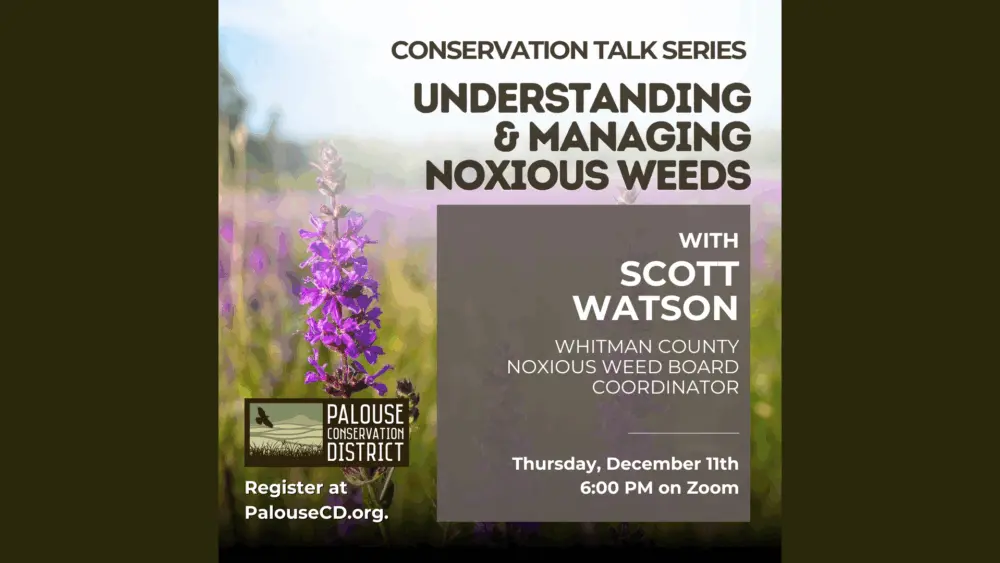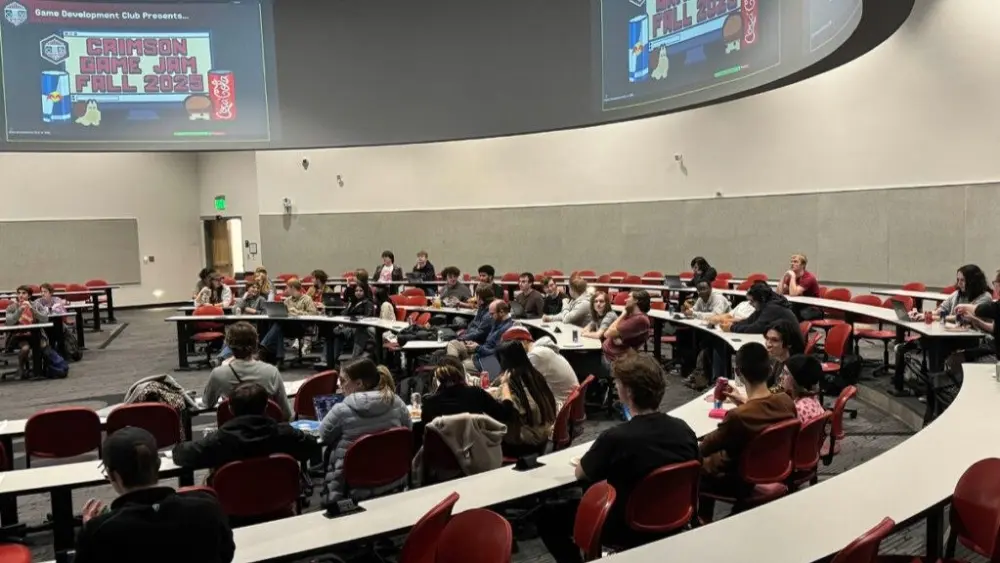Here comes the sun — source of life, center of the solar system, big-time carcinogen.
PULLMAN, WA – As summer returns, it’s worth remembering that these hot, bright days come with a dark shadow.
“Skin cancer is by far the most common cancer — no other cancer comes close,” said Michael Smerdon, a professor emeritus of biochemistry and biophysics at Washington State University who spent decades studying the way cells repair damaged DNA and the role that the elaborate folding of DNA plays in that process.
Experts advise protecting yourself when in the sun — use a good sunscreen, wear protective clothing and headgear, and seek shade — but a lot of people don’t do enough.
As summer officially starts, here is some science about sun and skin to remember as you head out to enjoy it.
Sunlight damages your DNA
As good as it feels, the sun’s rays can literally alter your DNA, creating mutations that can lead to cancer.
But how? Start with the makeup of the elegant little machine that is your cellular DNA — the blueprint for your biological system. The total length of DNA in a single cell is nearly 2 meters — all folded carefully inside a cell nucleus, about 6 micrometers in diameter. A typical human hair is about 70 micrometers in diameter.
“All of this spaghetti is packaged into this itty bitty little can,” said Smerdon.
UV light penetrates your skin and bombards that spaghetti with photons. Picture a strand of DNA — the spiral ladder, like a twisted train track. Each side of the ladder is made of sugars; each rung is a pair of chemical bases. There are four such bases — known as A, T, G and C — and their specific pairing is crucial.
Photons damage these pairs, usually resulting in two T bases being stuck together in what’s known as a lesion or dimer. Often, a cellular repair protein snips out that lesion and repairs the cell before it divides. But sometimes that doesn’t happen, and the cell either dies or copies in a different base to create a new rung — the kind of mutation that can cause cancer.
How often does this happen?
The Centers for Disease Control and Prevention echoes Smerdon: Skin cancer is the most common form of cancer in the United States, and the incidence is increasing as temperatures rise. Each year, more than 6 million adults are treated for basal cell or squamous cell carcinomas.
One in five Americans will develop skin cancer by age 70 — the likelihood of being diagnosed with skin cancer rises as we age, because sun damage accumulates as our body’s ability to repair it slows down.
While skin cancer can be fatal, most cases are highly treatable. Non-melanoma cancers are slow-growing, and often relatively easy to diagnose and treat. Melanomas, which are more serious and aggressive, also have a high survival rate compared to other cancers.
Prevention is the best medicine
Experts advise a multi-pronged approach: use a sunscreen with a sun-protection factor of 30 or greater; wear hats and sun-blocking clothing; and avoid the midday sun.
Almost 70 percent of those surveyed by the CDC in 2020 said they usually or always used one of these protective measures. Thirty-seven percent said they used sunscreen, and women were more likely to do so than men. Young people were less likely to take precautions — which is unfortunate, because early sun damage can lead to cancers later in life.
How does sunscreen work?
Two types of UV wavelengths damage skin: UVA, which accounts for 95% of solar radiation that reaches earth, penetrates into the dermis, and UVB penetrates only the epidermis, or top layer of skin.
There are two ways that sunscreens keep that radiation out of your skin cells. Physical sunscreen, or sunblock, acts as a shield, using inorganic chemicals such as zinc oxide and titanium oxide to scatter UV light. Chemical sunscreens use combinations of organic chemicals that absorb the photons trying to penetrate the skin.
Experts recommend using sunscreens with SPF 30 or greater, but higher is better. SPF 50 protects against 98% of UV light.
And if you find yourself wondering whether you need to use it at all, remember Smerdon’s words: “All of us, if we live long enough, have a very strong possibility of getting a skin cancer.”





